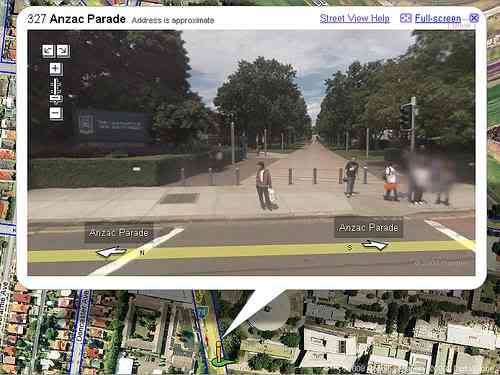At first glance it looks like any other 3D map. But zoom in a little closer and you will see cars moving and people walking around - all in real-time. This is the world of ‘geo-immersion’ which blends the real and virtual worlds together to give the user the most interactive maps in the world.
The prototypes include a traffic tool which uses a standard Google map but overlays where cars are likely to be, using recent and historical data. This allows users to plot the fastest route to their destination.
Another application is called iCampus which gives real-time locations for friends who have tweeted or logged in to places on Facebook or Foursquare. Campus trams which are fitted with transmitters also appear on the maps so students can ensure they do not have to wait for them to turn up.
Also in development is iWatch which integrates a 3D map of a city with real-time inserts by CCTV cameras which are overlaid on the top and spring to life when a user zooms in on them.
‘The idea was to capture a real world environment and then render it virtually so it feels like you are in that area.
The traffic map has been dubbed iTransportation and has so far only been developed for the Los Angeles area. ‘These historical patterns are created based on real-time data that we collect,’ said Mr Shahabi,
‘It shows how the trend of traffic changes over the course of time,’ he said, adding that his programme is able to offer a ‘fastest path’ option, which Google Maps cannot.







